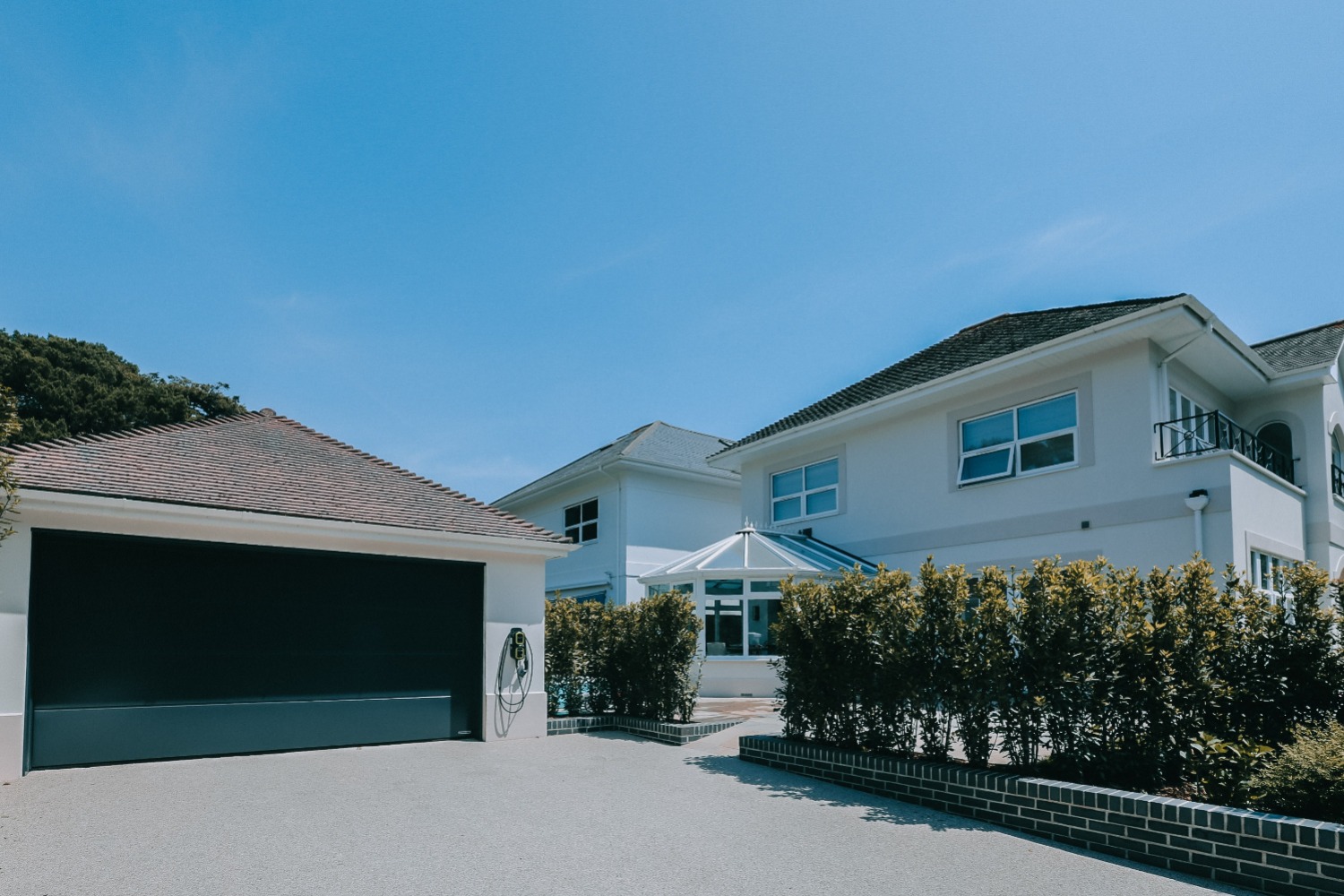The parts no one really talks about
When people picture a building project, it’s usually the standout moments that come to mind. A new extension taking shape. Kitchens being installed. That final “after” photo once the job is done.
But behind every finished space is a lot of less visible work. It’s the stuff that doesn’t tend to get shared but is absolutely essential if you want the end result to feel right.
At MPS, we put just as much focus on the in-between stages. They might not look exciting, but they make all the difference.
Getting everything in place before we begin
Long before we arrive on site, there’s a huge amount of preparation happening. That includes reviewing technical drawings, coordinating schedules, checking planning conditions, and getting the right trades lined up.
We make sure every detail is clear before a single spade hits the ground. That way, we avoid confusion and downtime later on. It’s not the bit most people see, but it sets the tone for everything that follows.
The middle bit that matters most
Once the structure is up, it’s tempting to think things are nearly there. But this is where the detail comes in. Second fix, insulation, plastering, flooring, carpentry, painting, and more.
This is often the longest part of the project and the one that requires the most coordination. You don’t want to rush through it. It’s the part that ensures everything works, lines up properly, and looks as good as it should.
Taking snagging seriously
Finishing a project doesn’t mean walking away as soon as the last coat of paint dries. We go through each space with a fresh pair of eyes, check all finishes, test systems, and fix anything that’s not quite right.
Snagging isn’t an afterthought. It’s the final step in making sure a build lives up to our standards - and to the client’s expectations.
What really makes the difference
You won’t find most of these stages in highlight reels or glossy handovers. But when they’re done well, they’re what make the whole thing feel solid and seamless.
At MPS, we’re proud of the details. Not just the ones you can see, but the ones that make everything work behind the scenes. That’s what turns a good job into a great one.


.webp)